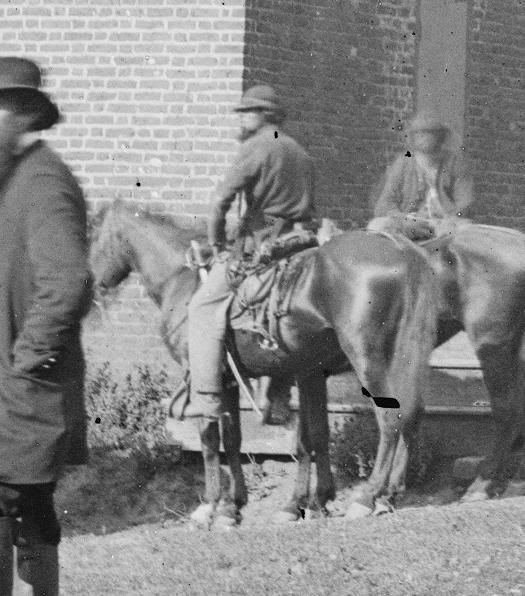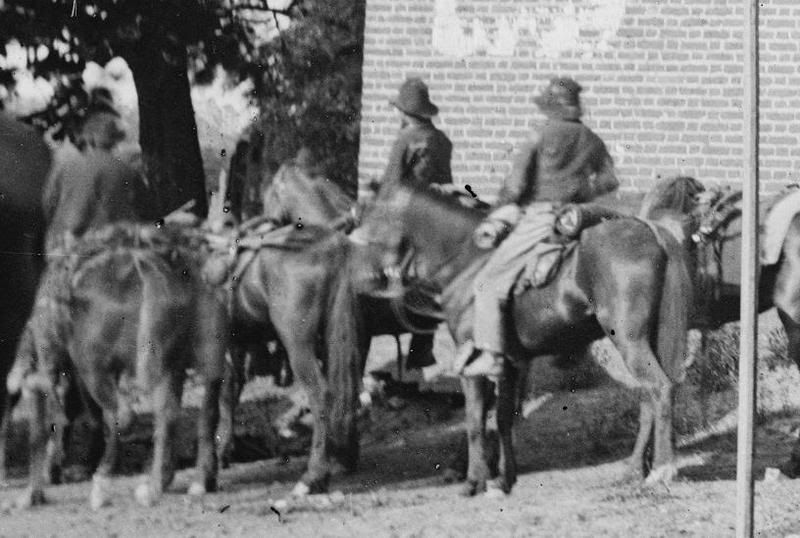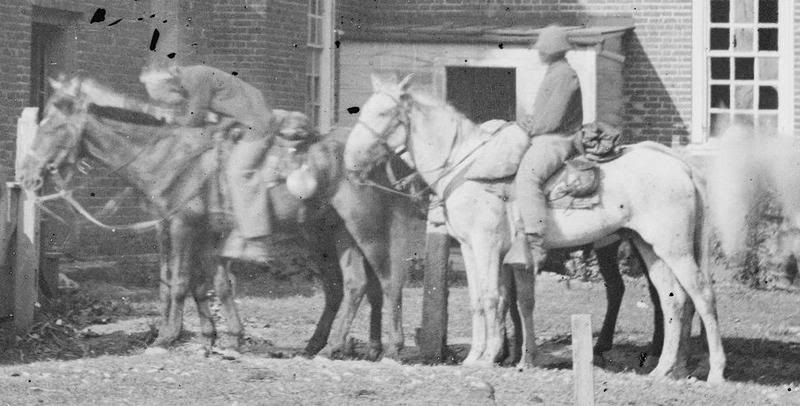Re: Horse Breed
There was a post somewhere on the site a while back with a news article about a pair of Arabs in like 1858. The facts escape me. But it was a documented story, and it was news, Which plays both sides of that arguement. Yes they were here, but it appears at least in some cases, that their presence was news worthy. Which could be interpreted to mean they were rare.
Or not.
There was a post somewhere on the site a while back with a news article about a pair of Arabs in like 1858. The facts escape me. But it was a documented story, and it was news, Which plays both sides of that arguement. Yes they were here, but it appears at least in some cases, that their presence was news worthy. Which could be interpreted to mean they were rare.
Or not.









Comment